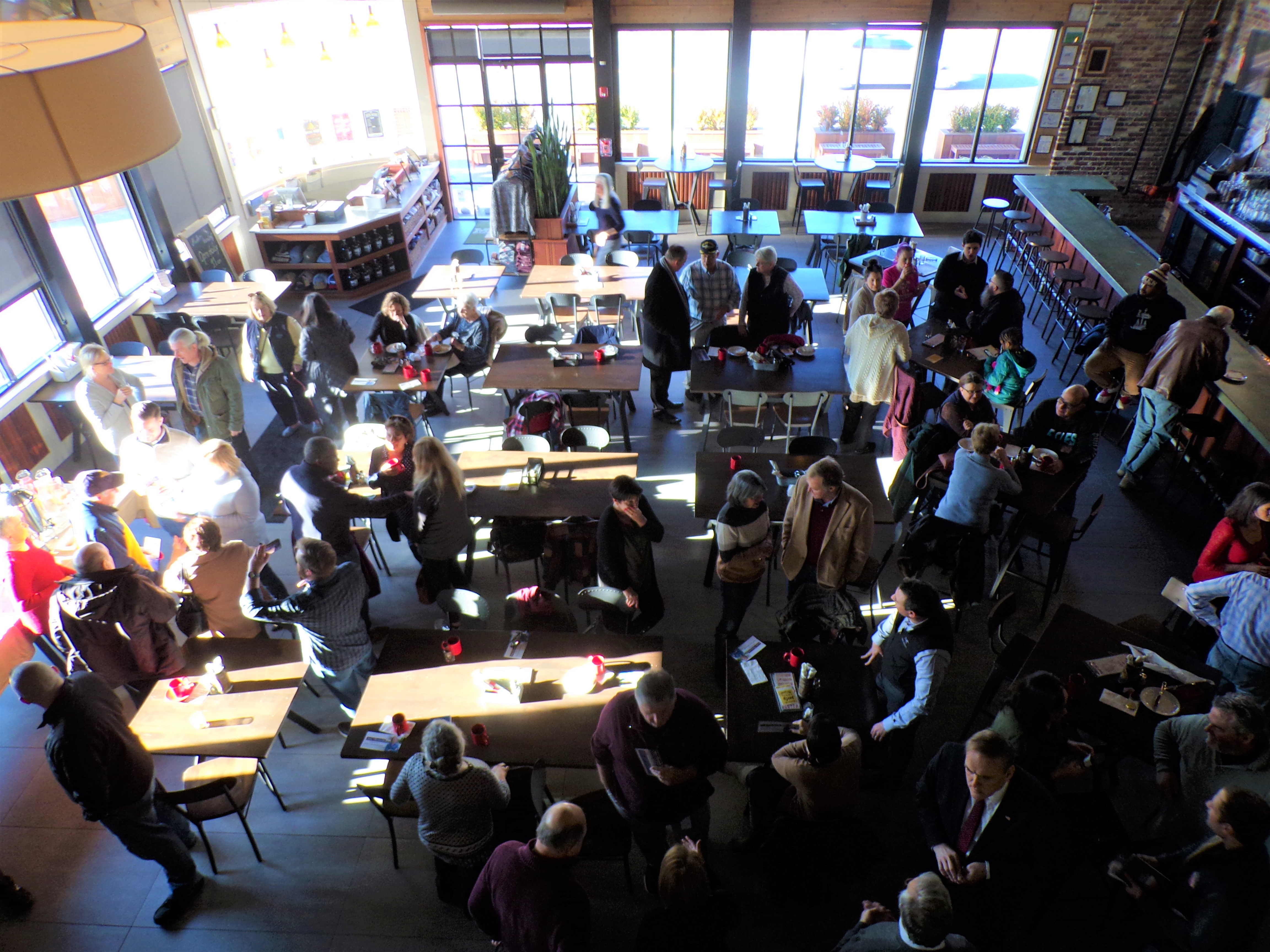Randolph is a township in Morris County, New Jersey, United States. As of the 2010 United States Census, the township’s population was 25,734, reflecting an increase of 887 (+3.6%) from the 24,847 counted in the 2000 Census, which had in turn increased by 4,873 (+24.4%) from the 19,974 counted in the 1990 Census.
The earliest known inhabitants of what is now Randolph were the Lenni Lenape Native Americans. The earliest European settlers of what is now Randolph were Quakers and one of the pioneering landowners was Hartshorne Fitz-Randolph, who purchased 1,000 acres (4.0 km2) of what would become the township in the Mine Hill area in 1753, later becoming the namesake of the township. New Jersey’s first iron mine was established in Randolph in 1713, and for hundreds of years the mines fostered the development of the township, providing the raw materials for weapons used by the Continental Army during the American Revolutionary War. During the war, the area was a supply point for George Washington’s army during their winter encampment in nearby Jockey Hollow.
Randolph was incorporated as a township by an act of the New Jersey Legislature on January 1, 1806, from portions of Mendham Township. Portions of the township were taken on April 1, 1869, to create Dover Town within the township, which became an independent municipality as of March 5, 1896. Other portions of the township were taken to create Port Oram (June 26, 1895, now Wharton), Mine Hill Township (March 2, 1923) and Victory Gardens (June 20, 1951). The creation of Victory Gardens created a small triangular exclave of the township, surrounded by Victory Gardens to the southeast and Dover to the northwest.
Randolph became a vacation haven in the early part of the 20th century, known for its woods, ponds, lakes and air. Through the 1950s, farms, large hotels and bungalow colonies dotted the community. Performers such as Phil Silvers, and Frank Sinatra appeared at the hotels. Boxers Max Baer, Floyd Patterson, James J. Braddock and Rocky Marciano trained or fought at the Saltz Hotel.
Randolph’s township historical landmarks include the 1869 Bryant Distillery (famed for its applejack) and the 1924 Millbrook School, now rehabilitated and in use as offices. The Liberty Tree (which dated back to 1720) was also one of the town landmarks until its removal due to deterioration on August 31, 2018.
The Randolph Historical Society has preserved the township’s historical heritage in the Museum of Old Randolph. One of Randolph’s oldest streets, Gristmill Road, is on the National Register of Historic Places.
As of the 2010 United States Census, there were 25,734 people, 9,013 households, and 7,075 families residing in the township. The population density was 1,235.9 per square mile (477.2/km2). There were 9,343 housing units at an average density of 448.7 per square mile (173.2/km2). The racial makeup of the township was 82.44% (21,215) White, 2.68% (690) Black or African American, 0.11% (28) Native American, 10.46% (2,691) Asian, 0.01% (3) Pacific Islander, 2.27% (584) from other races, and 2.03% (523) from two or more races. Hispanic or Latino of any race were 10.17% (2,616) of the population.
Source: Wikipedia















